Nancy Canyon
[featured image is “Pond Lily” by Canyon]
Nancy Canyon’s Saltwater (Independent Writers’ Studio Press, 2014, 2019) maps a life’s trajectory from  childhood abuse and loss to healing. Though the chronology is from childhood to womanhood, the poems also march from a closed, inner space, claustrophobic, smothering — to an openness where even “skin to skin” contact evokes “meeting in the wilds, / running in meadows.” On the back cover, Mary Gillilan describes how Canyon “bares her soul in order to free it in poems told with white-knuckle honesty” — concluding, “Saltwater delivers the life of a woman from the inside out.”
childhood abuse and loss to healing. Though the chronology is from childhood to womanhood, the poems also march from a closed, inner space, claustrophobic, smothering — to an openness where even “skin to skin” contact evokes “meeting in the wilds, / running in meadows.” On the back cover, Mary Gillilan describes how Canyon “bares her soul in order to free it in poems told with white-knuckle honesty” — concluding, “Saltwater delivers the life of a woman from the inside out.”
I emailed Nancy with a few questions and she emailed back, generously sharing her publishing history (a novel, Celia’s Heaven, and an ebook of short-short fiction, Dark Forest, a memoir, forthcoming) and her influences:
I have put together a number of poetry books that I haven’t published yet. They sit on my computer, waiting I guess for a big collection of my poems, since I have over 150 poems in just one file. Many poems I’ve written during February Peace Poem month, April poetry month & August postcard month. Most of the poems I have published are in anthologies, such as Take a Stand: Art Against Hate, This Uncommon Solitude, and For the Love of Orcas. I favor World Enough Writers and the work Lana Hetchman Ayers does. I have a poem in her anthology Ice Cream Poems titled “Outdoor Theater Church.” And another poem, “The Thing He Secreted,” in Last Call. And I do love Crab Creek Review, where I was a fiction editor back in 2007. The journal was then run by some of my good friends Kelli Russell Agodon & Annette Spaulding-Convey. Kelli and I went to graduate school together at PLU. She is the person who got me started writing poetry. Writing poems helped my fiction, and it gave me a reprieve from writing long documents.
Night Dance
A raven danced on my roof tonight.
He whirled beneath a silvery moon
dangling from an invisible thread in the sky.Raven’s black eyes darted, lustrous wings
unfurled, feathers ripped through chill
of night air, gathering me into an embrace.Like a coin flicked by a child, we spun at the peak,
burning a smoke signal of gratitude to Great Spirit
for carrying sleeping children in His arms.—Nancy Canyon

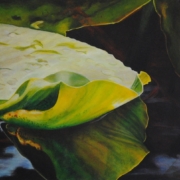
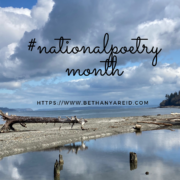
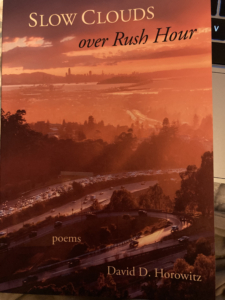 David D. Horowitz, as most Seattle poets know, is
David D. Horowitz, as most Seattle poets know, is 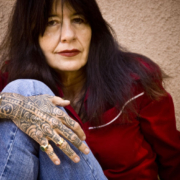
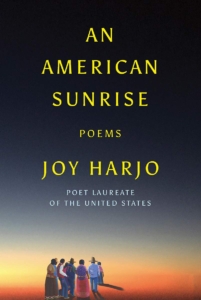 Consider this my little National Poetry Month party for our current United States Poet Laureate,
Consider this my little National Poetry Month party for our current United States Poet Laureate, 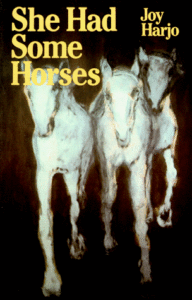 be shared.
be shared.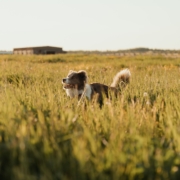
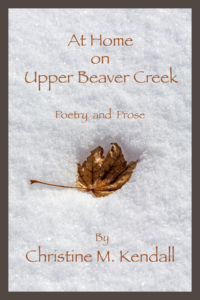 At Home on Upper Beaver Creek (2020) is Christine M. Kendall’s third book (after Talk, A chapbook, 1998, and Resting in the Familiar, 2017). To create her books, Christine seeks coaching and input from her writing group, and has the books professionally designed (by Jack Kienast) and printed (by Norman Green of Threshold Documents). She put together At Home for a show at the Confluence Gallery in Twisp, Washington, for the residents of Upper and Lower Beaver Creek Roads where several artists of the Methow Valley reside.
At Home on Upper Beaver Creek (2020) is Christine M. Kendall’s third book (after Talk, A chapbook, 1998, and Resting in the Familiar, 2017). To create her books, Christine seeks coaching and input from her writing group, and has the books professionally designed (by Jack Kienast) and printed (by Norman Green of Threshold Documents). She put together At Home for a show at the Confluence Gallery in Twisp, Washington, for the residents of Upper and Lower Beaver Creek Roads where several artists of the Methow Valley reside.